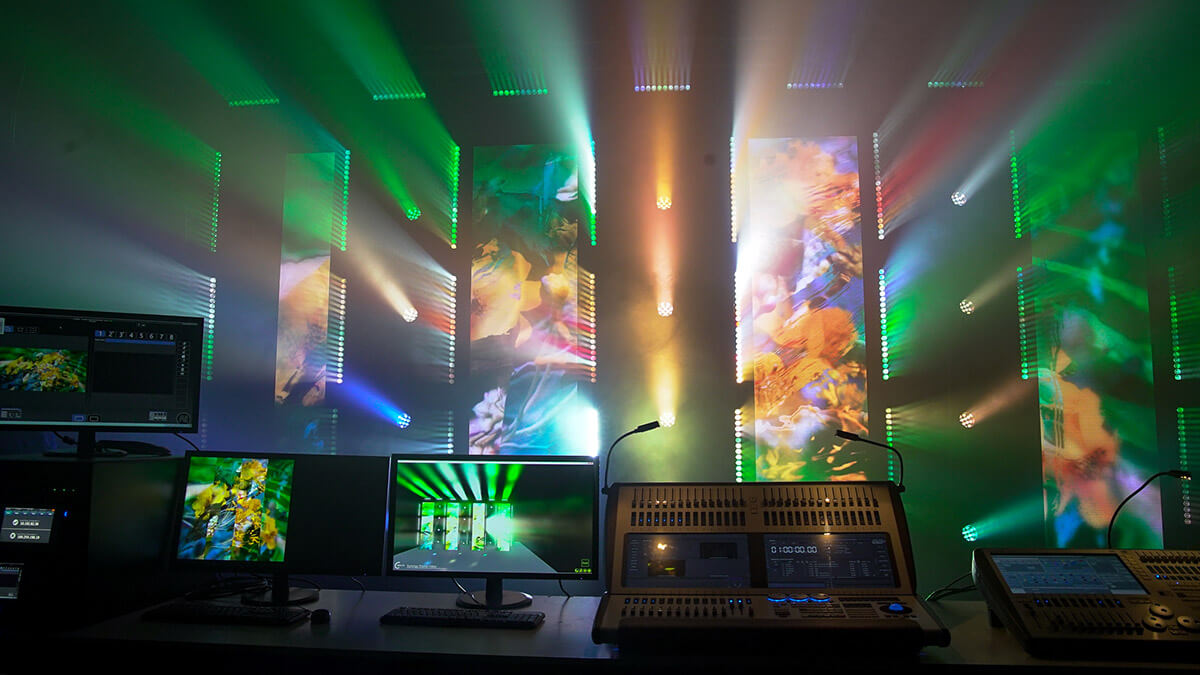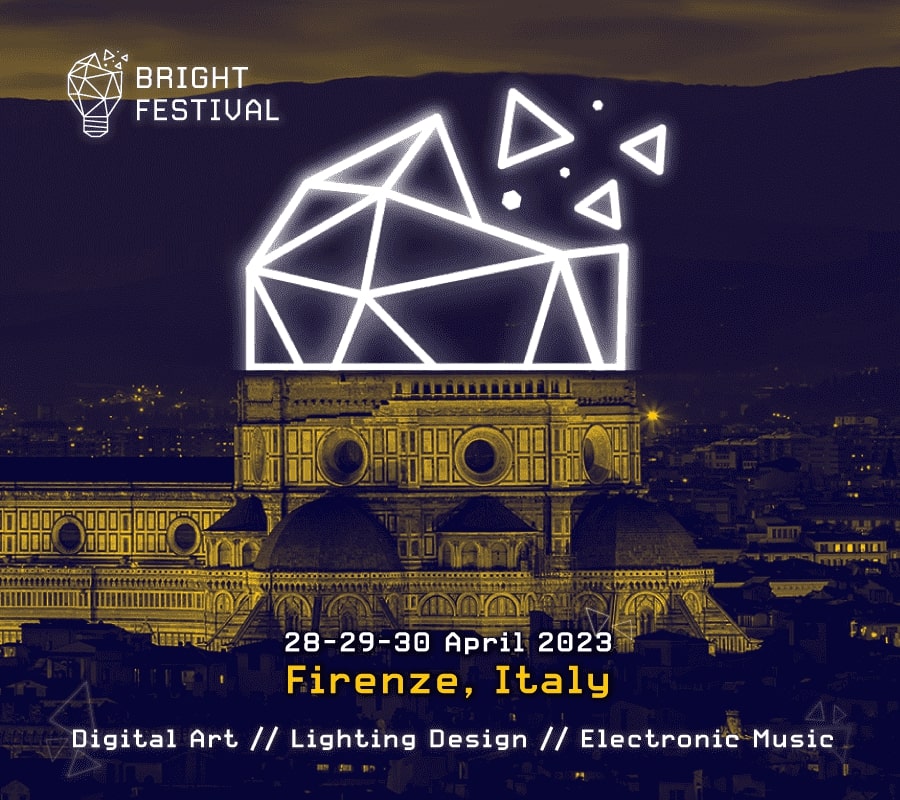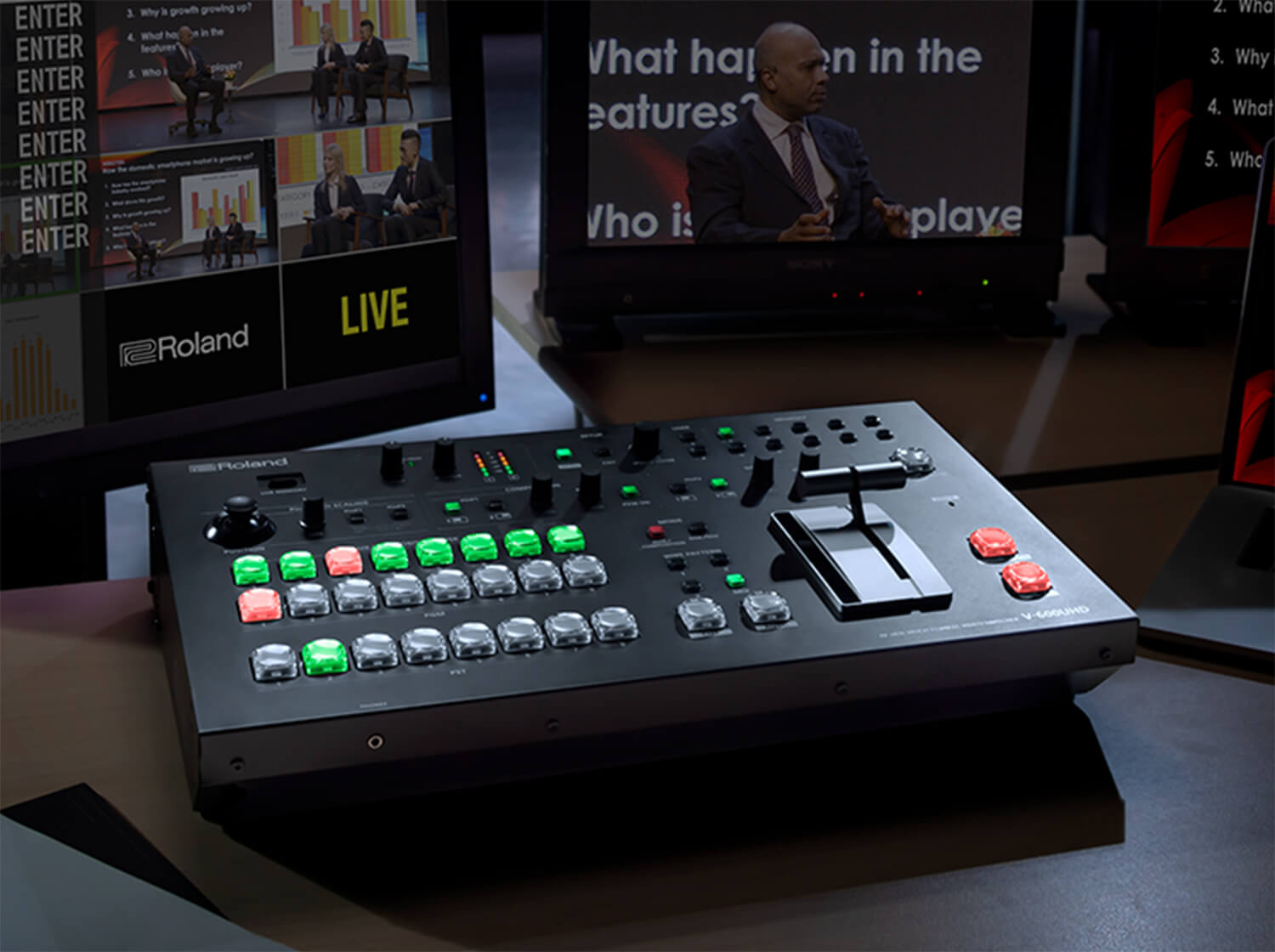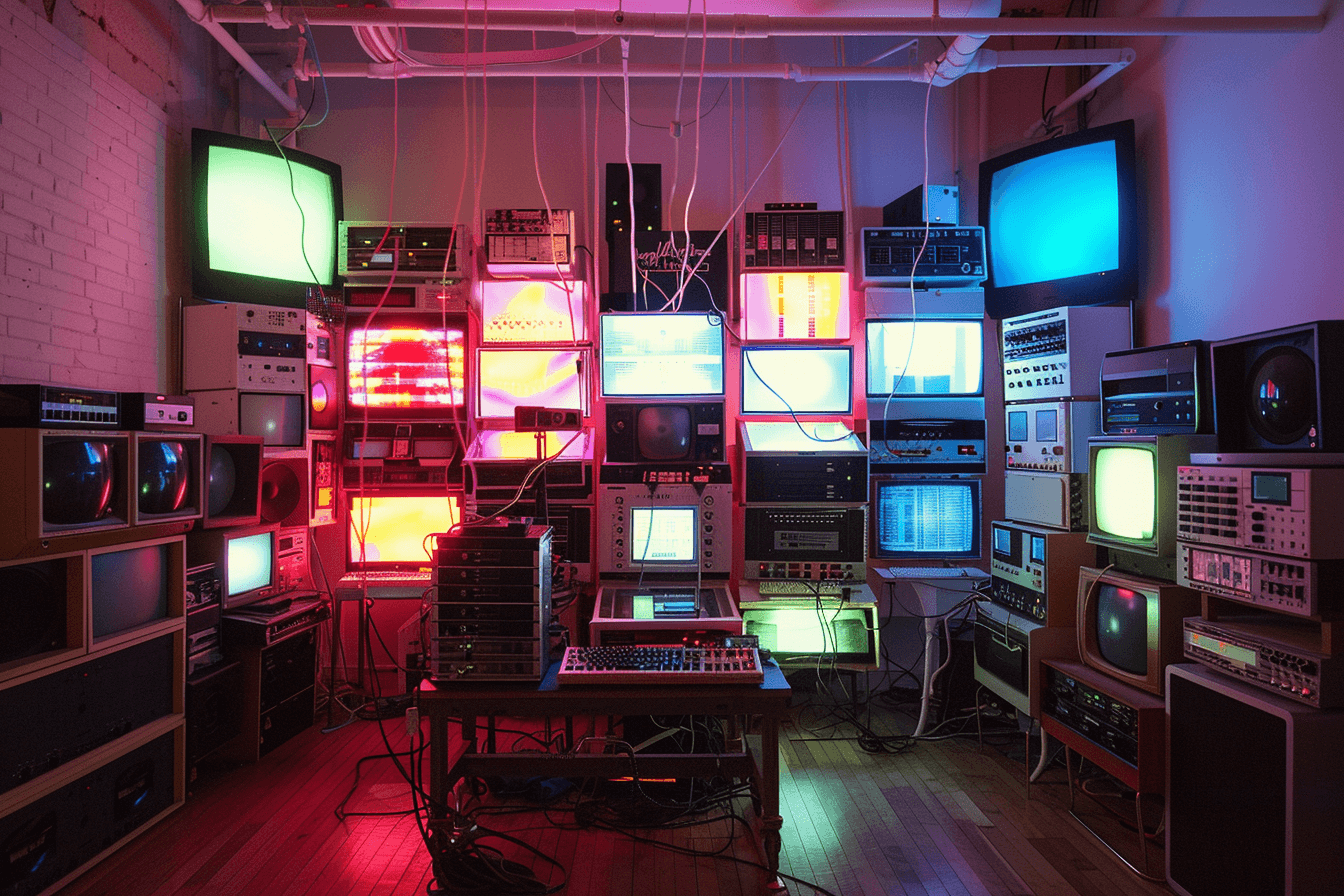
A video synthesizer is a device that allows users to create and manipulate video signals in real-time. It has a range of modules that can be used to generate, process, and output video signals. These modules can be used to input video from external sources, generate video signals internally using techniques such as geometric patterns and color gradients, manipulate the video signals with effects such as compositing and image warping, and output the processed video signals to displays or recording devices. Video synthesizers are often used in VJing, where they are used to create and manipulate visual elements in real-time during live music performances or other events.
They have a long history, dating back to the 1960s when the first video synthesizers were developed by pioneering artists and engineers. Since then, a number of different video synthesizers have been produced, each with its own unique capabilities and features.
LZX Industries Visionary
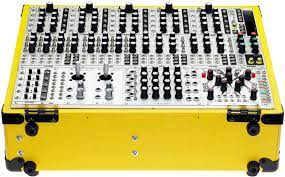
LZX Industries Visionary is a video synthesizer that allows users to create and manipulate video signals in real-time. It has a modular design, with a range of different modules available for generating and processing video signals. Some of the modules available include:
- Video sources: These modules allow the user to input video signals from external sources, such as cameras or video players.
- Video generators: These modules generate video signals internally, using techniques such as geometric patterns, color gradients, and noise.
- Video processors: These modules allow the user to manipulate the video signals in various ways, such as by applying effects like color correction, compositing, or image warping.
- Video outputs: These modules allow the user to output the processed video signals to external displays or recording devices.
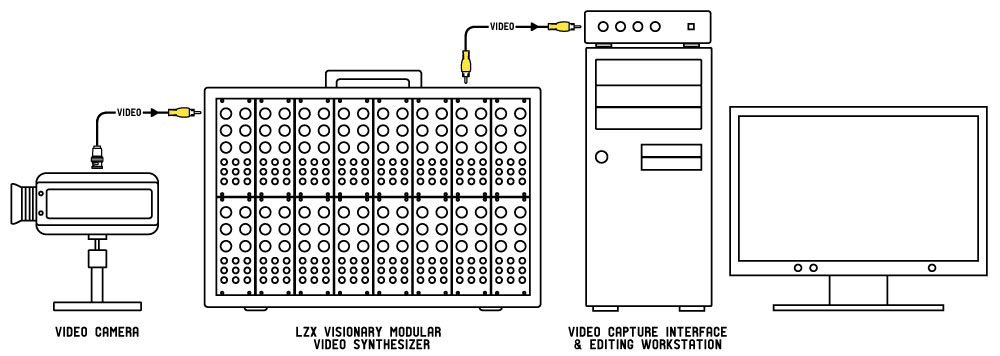
The Visionary also includes a number of control signals that can be used to modulate the various modules in real-time, allowing the user to create dynamic and expressive visual experiences. It is often used in live music performances, video art installations, and experimental film and video.
Color Video Computer System (CVC)
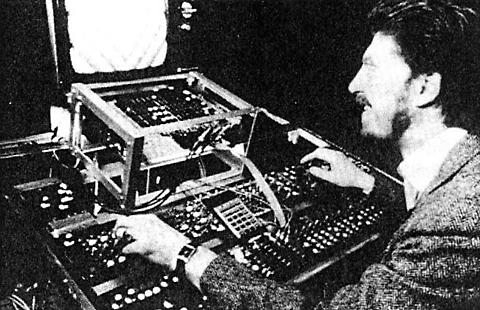
The Color Video Computer System (CVC) is a video synthesizer that was developed in the 1970s by American artist and engineer Stephen Beck. It was one of the first video synthesizers to be developed, and was used to create a number of pioneering works in the fields of video art and experimental film.
The CVC is a modular system that consists of a main computer unit and a range of different modules that can be used to generate and manipulate video signals. Some of the modules available include:
- Video generators: These modules generate video signals internally, using techniques such as geometric patterns, color gradients, and noise.
- Video processors: These modules allow the user to manipulate the video signals in various ways, such as by applying effects like color correction, compositing, or image warping.
- Video outputs: These modules allow the user to output the processed video signals to external displays or recording devices.
The CVC also includes a number of control signals that can be used to modulate the various modules in real-time, allowing the user to create dynamic and expressive visual experiences. It was a highly influential device in the early history of video synthesis, and is still highly prized by collectors and enthusiasts today.
Elta Music TVB-1010
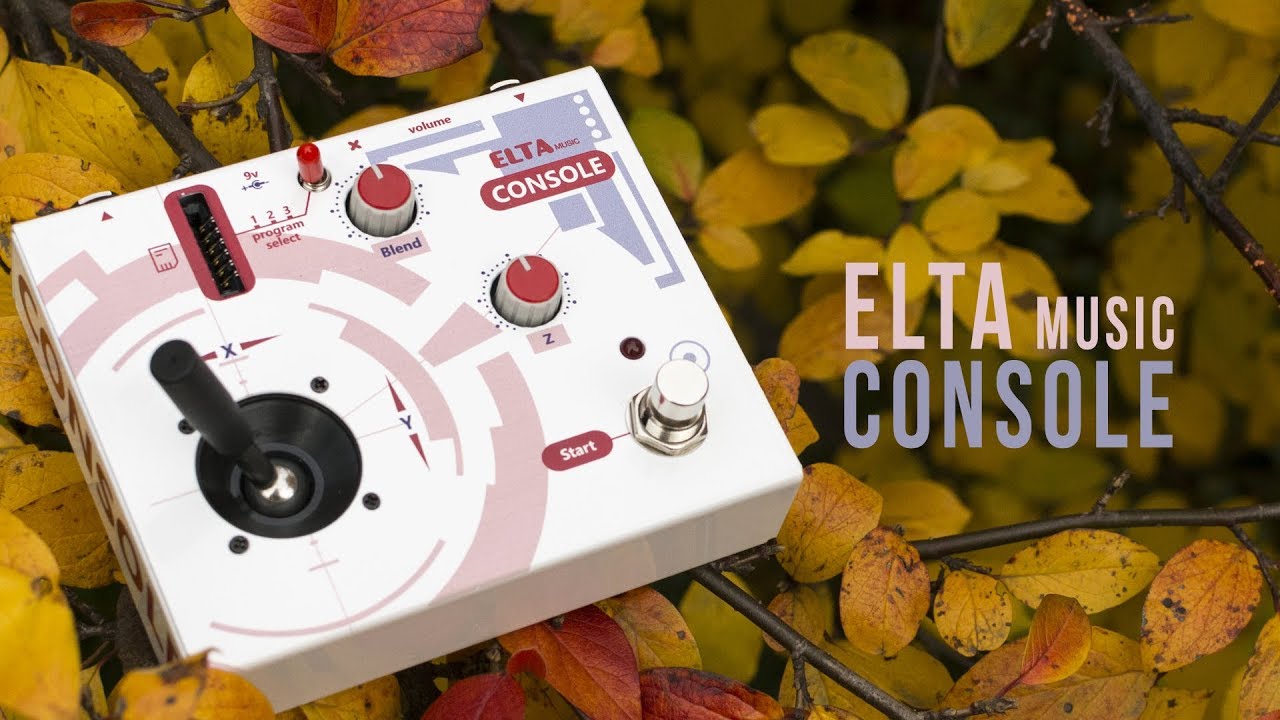
The Elta Music TVB-1010 is a vintage video synthesizer that was produced in the late 1970s and early 1980s. It was one of the first video synthesizers to be produced in Japan, and was used to create a number of pioneering works in the fields of video art and experimental film.
The TVB-1010 is a modular system that consists of a main computer unit and a range of different modules that can be used to generate and manipulate video signals. Some of the modules available include:
- Video generators: These modules generate video signals internally, using techniques such as geometric patterns, color gradients, and noise.
- Video processors: These modules allow the user to manipulate the video signals in various ways, such as by applying effects like color correction, compositing, or image warping.
- Video outputs: These modules allow the user to output the processed video signals to external displays or recording devices.
The TVB-1010 also includes a number of control signals that can be used to modulate the various modules in real-time, allowing the user to create dynamic and expressive visual experiences. It is a highly sought-after device by collectors and enthusiasts due to its rarity and unique capabilities.
Electro-Harmonix Memory Man with Hazarai
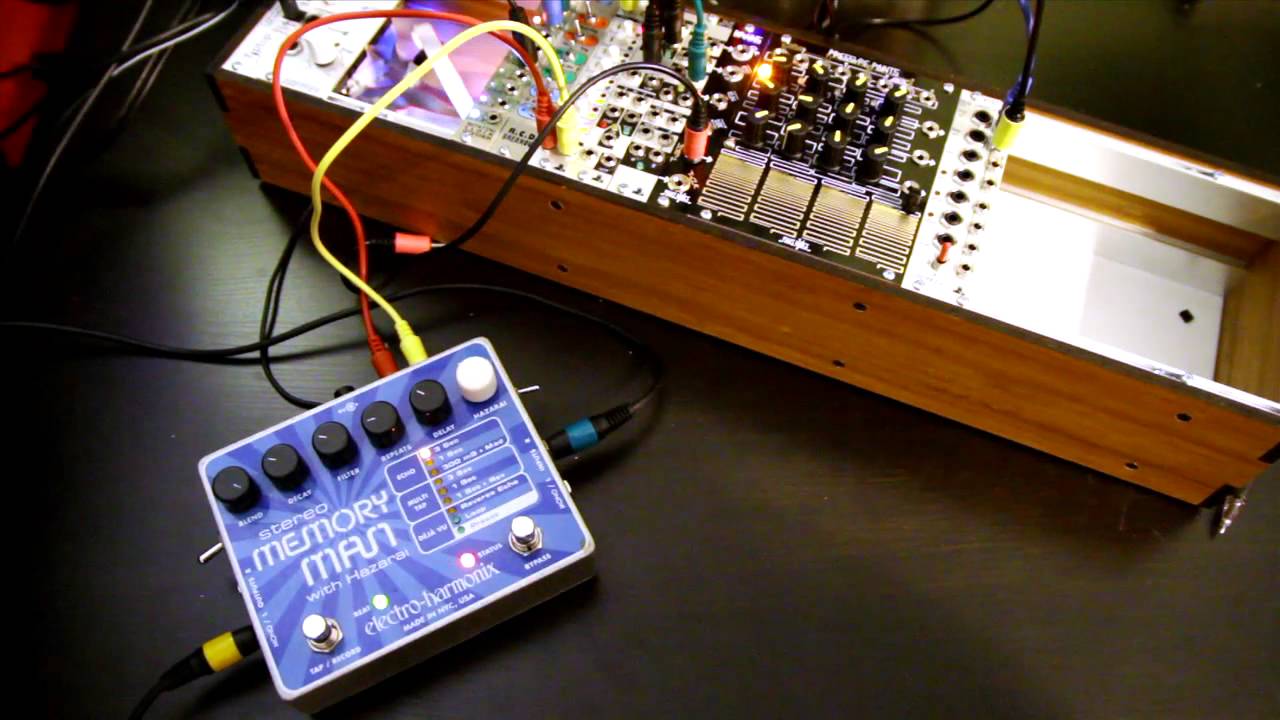
The Electro-Harmonix Memory Man with Hazarai is a digital delay and looping pedal that is used in electric guitar and other instrument rigs. It includes a number of features that allow the user to manipulate the sound of the delay and looping effects, such as filtering, modulation, and pitch shifting.
The Memory Man with Hazarai includes a number of control knobs and buttons that allow the user to adjust the parameters of the delay and looping effects. It also includes an expression pedal input, which allows the user to control the effects in real-time using their foot.
The Memory Man with Hazarai is a popular choice among guitarists and other musicians due to its wide range of capabilities and its ease of use. It is often used in live performances as well as in the studio.
Critter and Guitari Septavox
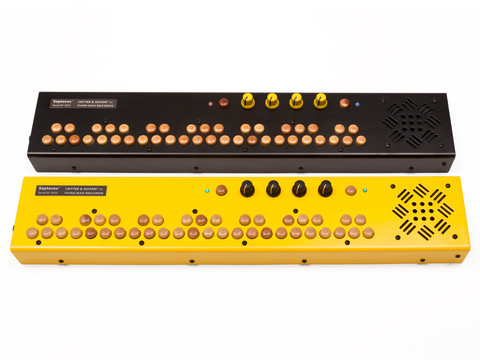
The Critter and Guitari Septavox is a digital synthesizer that is designed to be compact and portable. It has a unique and distinctive design, with a small keyboard and a built-in speaker.
The Septavox has a polyphonic synthesizer engine, which allows the user to play up to seven notes at once. It includes a number of control knobs and buttons that allow the user to adjust the sound of the synthesizer, such as the oscillator waveform, the filter type, and the envelope parameters.
The Septavox also includes a number of built-in effects, such as reverb, delay, and distortion, which can be used to further shape the sound of the synthesizer. It is powered by a battery, making it highly portable, and can be used in a variety of settings, such as live performances, studio recording, and on-the-go sound design.
Visual Cortex VG-8
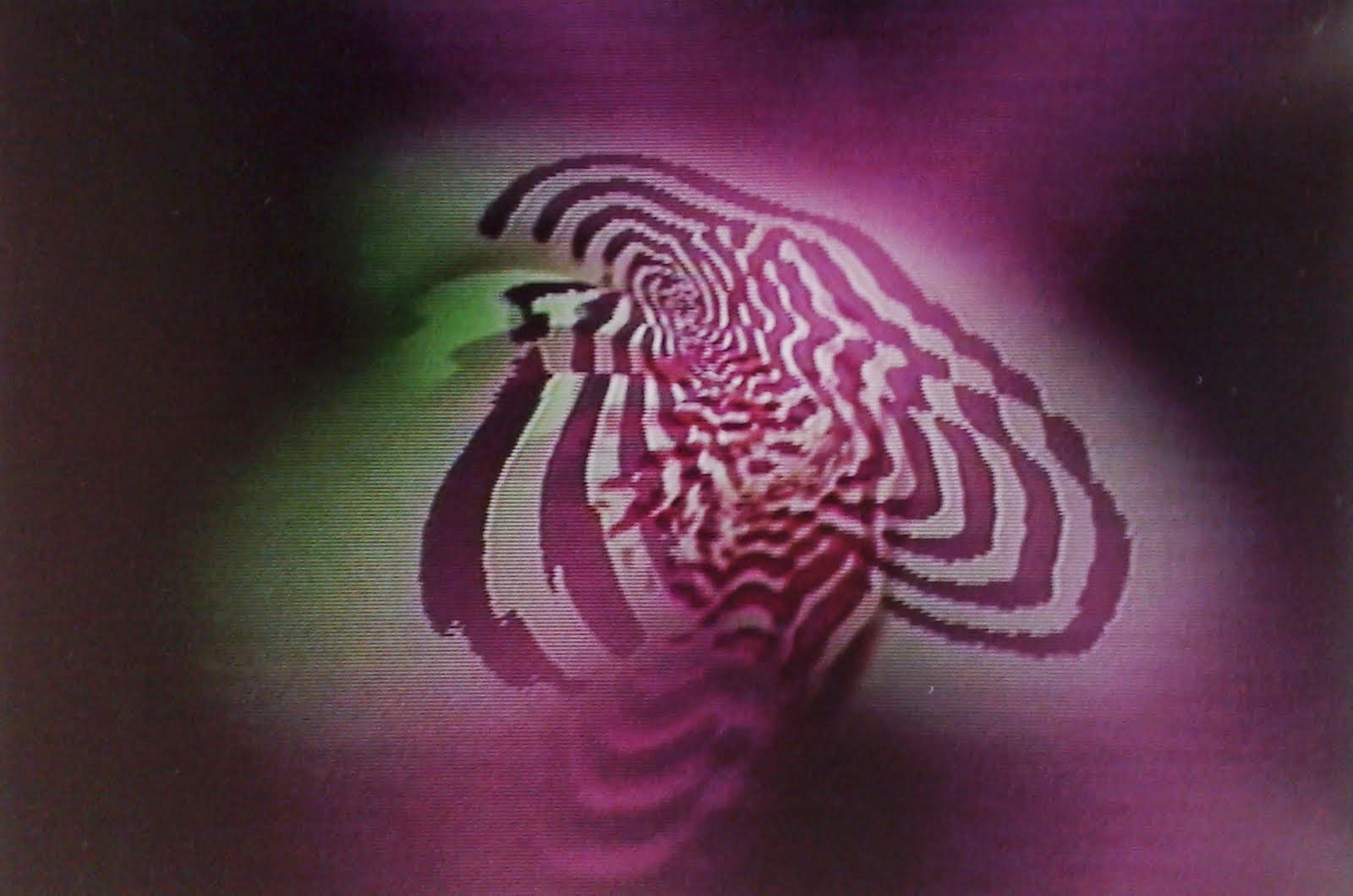
The Visual Cortex VG-8 is a video synthesizer that was developed in the 1980s by American artist and engineer Stephen Beck. It is a digital device that is capable of generating and manipulating video signals in real-time.
The VG-8 has a modular design, with a range of different modules available for generating and processing video signals. Some of the modules available include:
- Video sources: These modules allow the user to input video signals from external sources, such as cameras or video players.
- Video generators: These modules generate video signals internally, using techniques such as geometric patterns, color gradients, and noise.
- Video processors: These modules allow the user to manipulate the video signals in various ways, such as by applying effects like color correction, compositing, or image warping.
- Video outputs: These modules allow the user to output the processed video signals to external displays or recording devices.
The VG-8 also includes a number of control signals that can be used to modulate the various modules in real-time, allowing the user to create dynamic and expressive visual experiences. It is a highly sought-after device by collectors and enthusiasts due to its rarity and unique capabilities.
Korg Volca Video
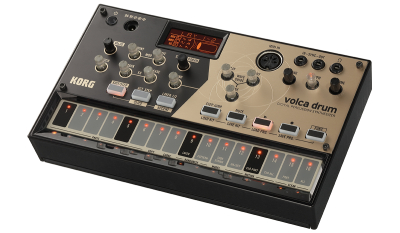
The Korg Volca Video is a portable video synthesizer that allows users to create and manipulate video signals in real-time. It is part of Korg’s Volca series of portable synthesizers and drum machines.
The Volca Video has a number of features that allow the user to generate and manipulate video signals, including:
- Video generators: These modules generate video signals internally, using techniques such as geometric patterns, color gradients, and noise.
- Video processors: These modules allow the user to manipulate the video signals in various ways, such as by applying effects like color correction, compositing, or image warping.
- Video outputs: These modules allow the user to output the processed video signals to external displays or recording devices.
The Volca Video also includes a number of control knobs and buttons that allow the user to adjust the parameters of the video signals in real-time, as well as a built-in speaker and a headphone output for monitoring the audio and visual output. It is a highly portable device, making it well-suited for use in live performances or on-the-go video production.
Ming Mecca

The Ming Mecca is a modular synthesizer designed to allow users to create, control, and manipulate retro video games. It has two main modules: the World Core, which allows users to make changes to the game world using a series of toggles and switches, and the Control Core, which allows users to use a NES controller to give inputs directly into the game to produce various results. The Ming Mecca is intended to function with the Eurorack synthesizer family to allow electronic music to interact with the graphical world in real-time. It also includes an Oscillographic Block module, which enables a three-channel digital synthesizer voice with integrated function generators, preset memory, algorithmic patch generators, and CV/gate control. The Ming Mecca was followed by the portable Ming Micro in 2016, which has a central graphics engine and a simple audio synthesizer, but lacks the collision detection and NES controller capabilities of the original Ming Mecca. The Ming Mecca and Ming Micro are used by a wide range of musicians, VJs, and visual artists.
Sandin Image Processor
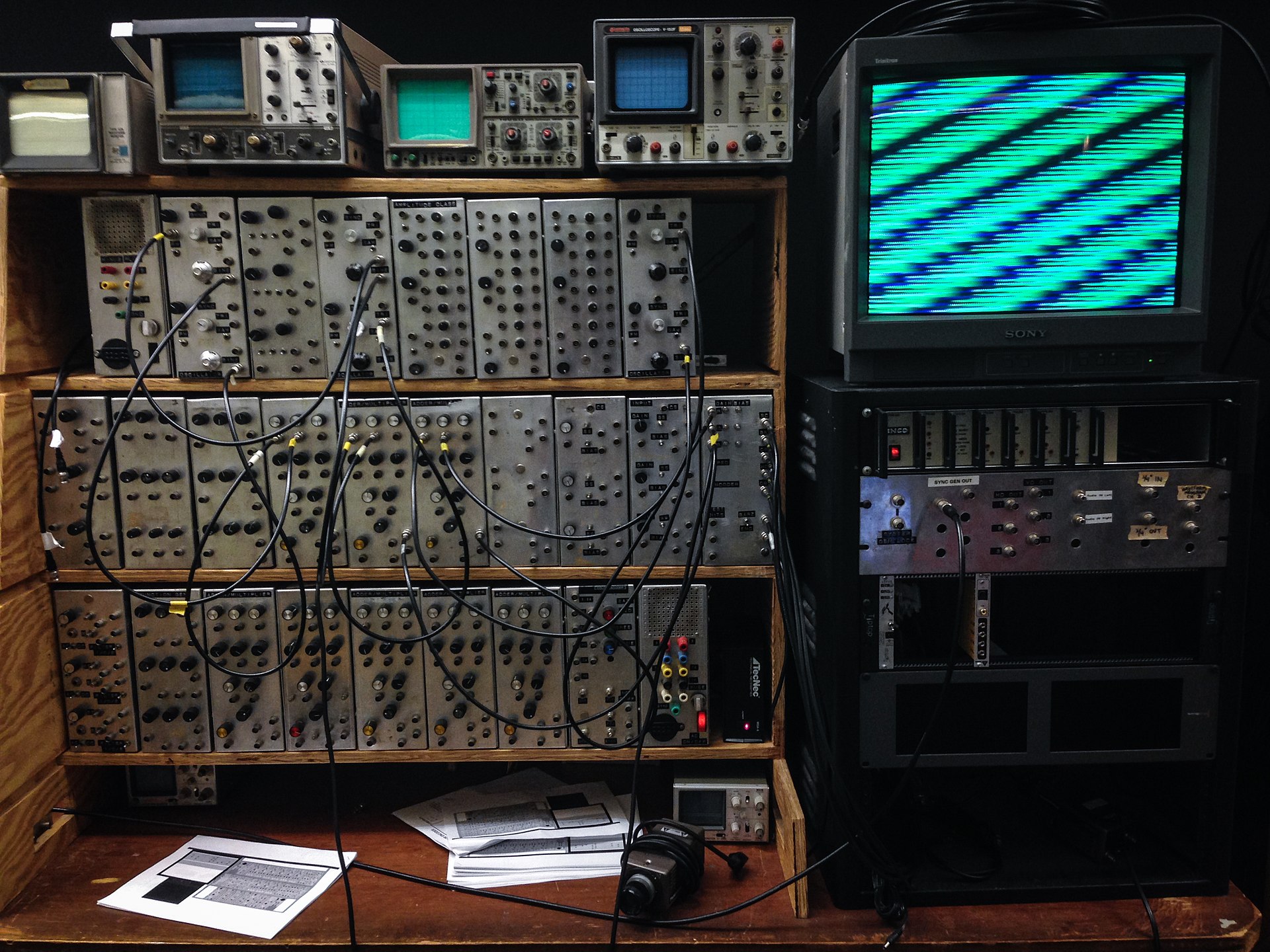
The Sandin Image Processor is a video synthesizer developed by Dan Sandin between 1971 and 1974. It is an analog, modular synthesizer that processes and modifies basic video signals in real-time, producing subtle and complex video effects. It was used in live theater performances and was influential in the development of the digital video revolution. The Image Processor is made up of modules that perform various functions such as signal sourcing, combining and modifying, effects, synchronization, and color encoding and decoding. The Image Processor was built using circuit board layouts that were publicly available for purchase at manufacturing costs, and Sandin freely published schematics and other documentation. It was used alongside other analog video instruments such as the Paik-Abe video synthesizer and the Rutt/Etra Video Synthesizer.
Conclusion
The Sandin Image Processor is a significant piece of equipment in the history of video synthesis. Developed in the 1970s, it was an analog modular synthesizer that allowed users to process and modify video signals in real-time, producing complex and subtle effects. It was influential in the development of the digital video revolution and was used in live theater performances. The Image Processor was made up of various modules that performed different functions, and its circuit board layouts were publicly available for purchase at manufacturing costs. Alongside other analog video instruments such as the Paik-Abe video synthesizer and the Rutt/Etra Video Synthesizer, the Sandin Image Processor played a crucial role in the evolution of video synthesis technology.
Video Synthesizers
- Wikipedia - Video synthesizer
- Medium - Key Concepts in Video Synthesis
- Cambridge Dictionary - Process
- Ross Video - To Set up an External Video Input
LZX Industries Visionary
Color Video Computer System (CVC)
Elta Music TVB-1010
Electro-Harmonix Memory Man with Hazarai
Critter and Guitari Septavox
Visual Cortex VG-8
Korg Volca Video
Ming Mecca
- Wikipedia - Video synthesizer
- Medium - Key Concepts in Video Synthesis
- Ross Video - To Set up an External Video Input


